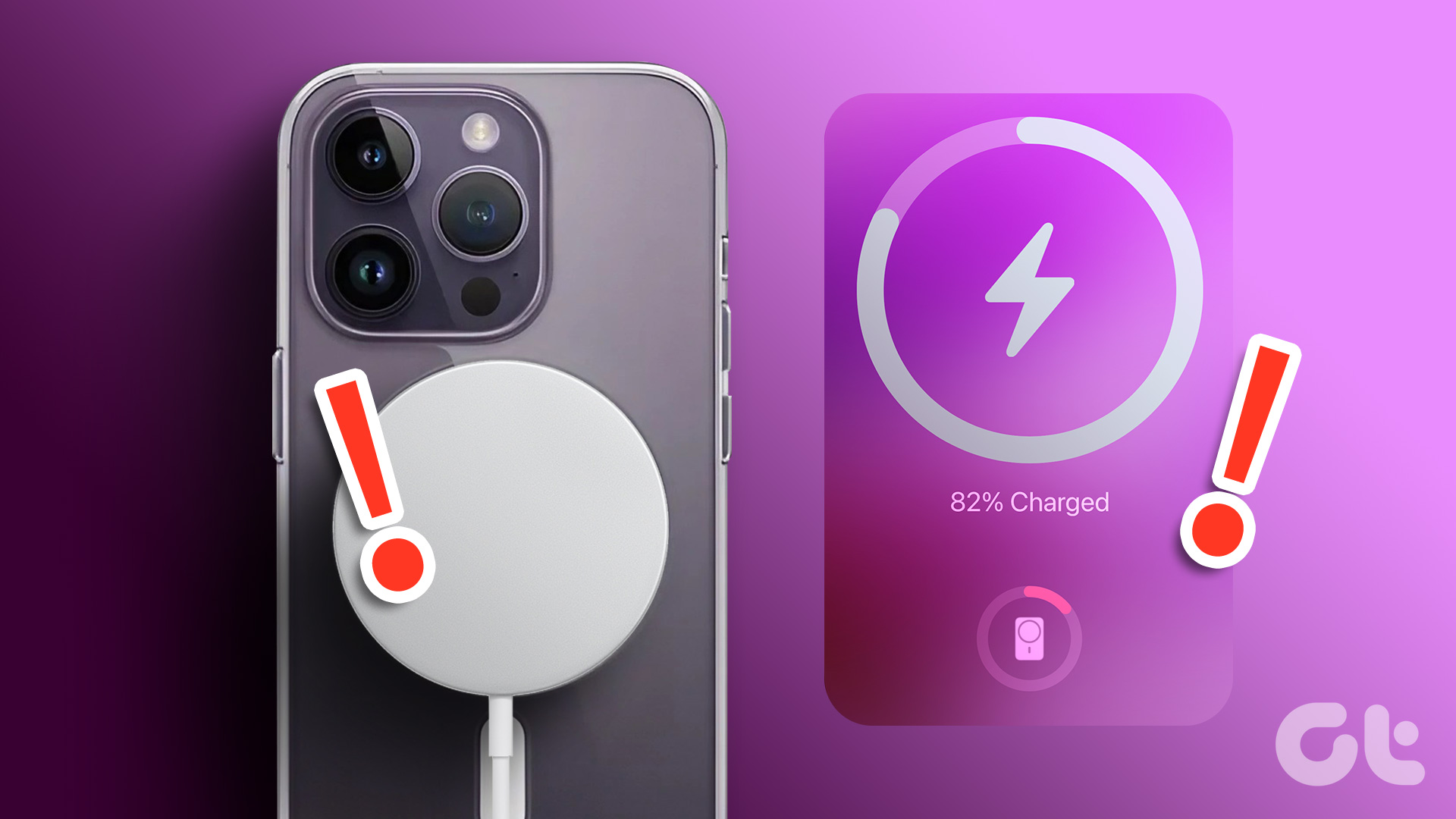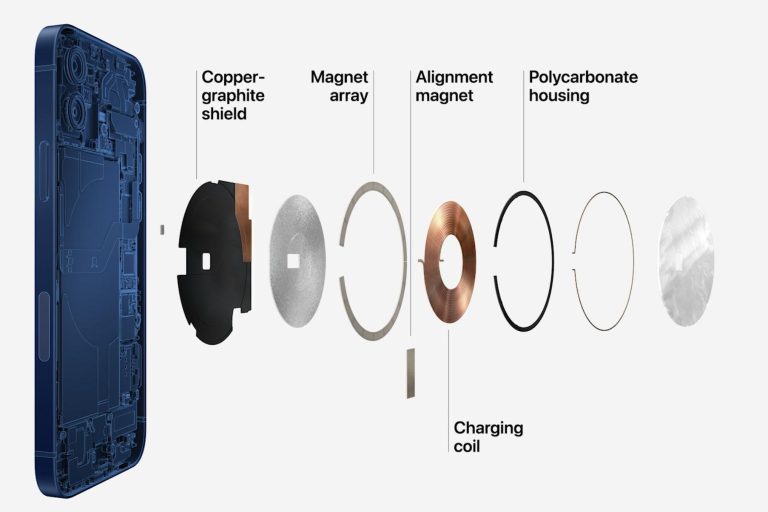Why Isn’t My MagSafe Charger Working Properly: Troubleshooting Tips for Optimal Performance
Imagine this: you’ve just settled comfortably in your favorite coffee shop, ready to get lost in the digital world on your sleek iPhone 12. But alas, your excitement is short-lived as you realize the MagSafe charger, your trusted companion, is refusing to breathe life into your device. Frustration seeps in, and questions start swirling in your mind. Why isn’t my MagSafe charger working? Could there be a glitch in the software? Fear not, dear reader, for in this concise guide, we unravel the mysteries surrounding MagSafe charger malfunctions and offer you quick solutions that will have your iPhone buzzing with energy once again. But beware, dear Mac users, for there’s a twist waiting for you.
why isn’t my magsafe charger working
The reason your MagSafe charger may not be working is due to a software handshake issue, particularly with iPhone 12, 13, or 14 models. I have personally experienced inconsistent charging with my iPhone 12 Pro Max using the MagSafe charger, while non-MagSafe magnetic wireless chargers work fine. One potential troubleshooting step is to do a force restart of your iPhone by pressing the Volume Up, Volume Down, and side/power button. It is important to note that Macs can be charged with different types of MagSafe chargers, such as MagSafe 3, MagSafe 2, and MagSafe, each with its own charging options. Additionally, be cautious as the MagSafe connector and port can erase data on magnetic devices, so it’s best to keep them separate. Lastly, remember that MagSafe 2 and MagSafe power adapters are not compatible with MagSafe 3.
Key Points:
- MagSafe chargers may not charge certain iPhone models due to a software handshake issue.
- Non-MagSafe magnetic wireless chargers may work fine while proper MagSafe chargers have issues.
- A force restart of the iPhone can be attempted as a troubleshooting step.
- Different MagSafe chargers (MagSafe 3, MagSafe 2, MagSafe) are available for Macs, each with different charging options.
- The MagSafe connector and port can erase data on magnetic devices, so keep them separate.
- MagSafe 2 and MagSafe power adapters are not compatible with MagSafe 3.
Sources
https://support.apple.com/en-us/HT203207
https://www.theverge.com/23447554/how-to-iphone-magsafe-hard-reset-force-restart
https://www.payetteforward.com/magsafe-charger-not-working-on-iphone-fix/
https://www.guidingtech.com/fix-magsafe-charger-not-working/
Check this out:
💡 Pro Tips:
1. Ensure your iPhone is updated to the latest software version. Sometimes, a software update can fix compatibility issues with MagSafe chargers.
2. Clean the charging port and the MagSafe connector. Dust, debris, or even small particles can interfere with the charging connection. Use a soft, dry cloth or a cleaning tool to gently clean both the port and connector.
3. Check if there’s any case or accessory interfering with the magnetic connection. Some cases or accessories might interfere with the magnet alignment, causing the charger to disconnect. Try removing any case or accessory and see if the issue persists.
4. Try using a different power outlet. Sometimes, the power outlet may not provide enough power for the MagSafe charger to work properly. Plug the charger into a different outlet or try using a different power adapter.
5. Reset the iPhone’s settings. If all else fails, you can try resetting the settings on your iPhone. Go to Settings > General > Reset > Reset All Settings. Note that this will not erase any data, but it will reset your preferences and settings to default.
The MagSafe charger, first introduced by Apple with the iPhone 12 models, was met with excitement and anticipation. However, many users have reported issues with their MagSafe chargers not working as expected. This article aims to explore some potential reasons for this problem and provide troubleshooting steps to help resolve it.
MagSafe Charger May Not Work If The iPhone Is In A Low Power State
One possible reason why your MagSafe charger may not be working properly is if your iPhone is in a low power state. This occurs when your device’s battery level is critically low, which may prevent it from initiating the necessary software handshake with the MagSafe charger. In such cases, simply plugging in the charger might not be sufficient to initiate the charging process.
To resolve this issue, it is recommended to force restart your iPhone. You can do this by following these steps:
- Press and quickly release the Volume Up button.
- Press and quickly release the Volume Down button.
- Press and hold the side/power button until the Apple logo appears on the screen.
Performing a force restart on your iPhone can help resolve various software-related issues, including problems with your MagSafe charger.
Updating iPhone Software Can Potentially Fix MagSafe Charging Issues
Another potential solution for MagSafe charger issues is to ensure that your iPhone’s software is up to date. Apple periodically releases software updates that not only introduce new features but also address any performance or compatibility issues with their devices. By updating your iPhone to the latest software version, you can potentially resolve any conflicts that may be affecting the charging functionality of your MagSafe charger.
To check for software updates on your iPhone, follow these steps:
- Go to the Settings app on your iPhone.
- Scroll down and tap on General.
- Select Software Update.
- If an update is available, tap on Download and Install.
Remember to keep your device connected to a stable Wi-Fi network and ensure that your battery level is sufficient to complete the update process.
Using A Certified MagSafe Compatible Case Can Affect Charging Performance
If you are using a MagSafe compatible case with your iPhone, it is important to ensure that it is certified and specifically designed for MagSafe charging. Non-certified or incompatible cases may interfere with the magnetic connection between the charger and your device, resulting in charging issues or slow charging speeds.
Apple provides a range of certified MagSafe compatible cases that are designed to seamlessly integrate with the MagSafe charger. By using a certified case, you can maximize the charging performance and reliability of your MagSafe charger.
Wireless Interference Or Misalignment Could Prevent MagSafe Charging
Wireless charging can be affected by interference and misalignment. If your MagSafe charger is not working properly, it could be due to wireless interference from other electronic devices or improper alignment of the charger and your iPhone.
To ensure optimal charging performance, keep your MagSafe charger away from other electronic devices that emit strong wireless signals. Additionally, make sure that the charger is properly aligned with the magnetic location on the back of your iPhone. An accurate alignment ensures a strong magnetic connection, facilitating efficient charging.
Contacting Apple Support For Further Assistance With MagSafe Charger Problems
If you have tried all the troubleshooting steps mentioned above and your MagSafe charger is still not working properly, it may be necessary to seek assistance from Apple Support. Apple Support has a team of experts who can provide further guidance and support specific to your situation.
To contact Apple Support, visit their official website and navigate to the Support section. From there, you can access various support options, including live chat, phone support, and even scheduling an appointment at an Apple Store.
In conclusion, MagSafe chargers may not charge iPhone 12, 13, or 14 models due to a software handshake issue. If you are facing issues with your MagSafe charger, it is recommended to perform a force restart of your iPhone, update your iPhone’s software, use certified MagSafe compatible cases, ensure proper alignment and minimize wireless interference. In case these steps do not resolve your issue, reach out to Apple Support for further assistance.





